|
||||||||||||||||||||||||||||||||||||||||||||||||||||||||||||||||||||||||||||||||||||||||||||||||||||||||||||||||||||||||||||||||||||||||||||||||||||||||||||||
|
|||||||||||||||||||||||||||||||||||||||||||||||||||||||||||||||||||||||||||||||||||||||||||||||||||||||||||||||||||||||||||||||||||||||||||||||||||||||||||||||||||||||||||||||||||||||||||||||||||
| Fish is recommended by many nutritionists in part because of its high protein content. |
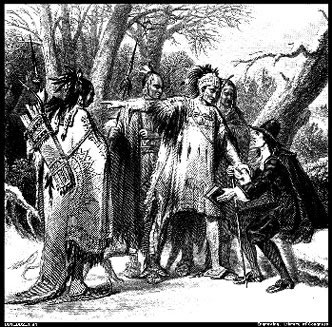 source source |
In 1620, 120 original settlers arrived in New England. After the first year, due mainly to infectious diseases, only 60 were alive in the colony. During the second year, many crops were planted as the weather improved. Settlers recorded 8 births and 5 deaths. |
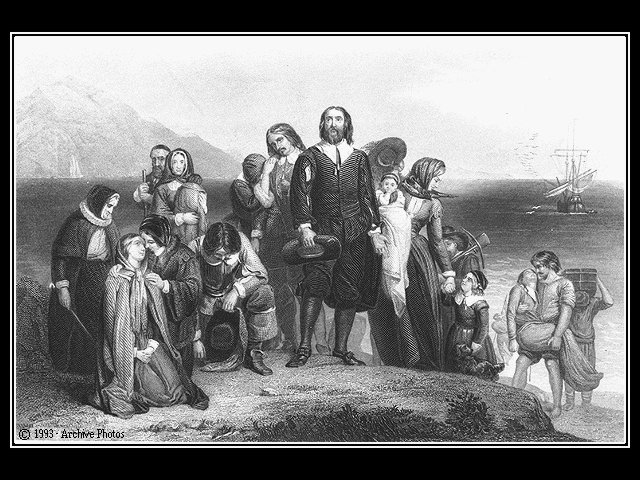 source source |
 |
Example food chain possible in New England ponds. Arrows point from a major food source to the organism that consumes it at the tip of the arrow. Mercury biomagnifies in aquatic ecosystems and potentially occurred in these ponds. | |
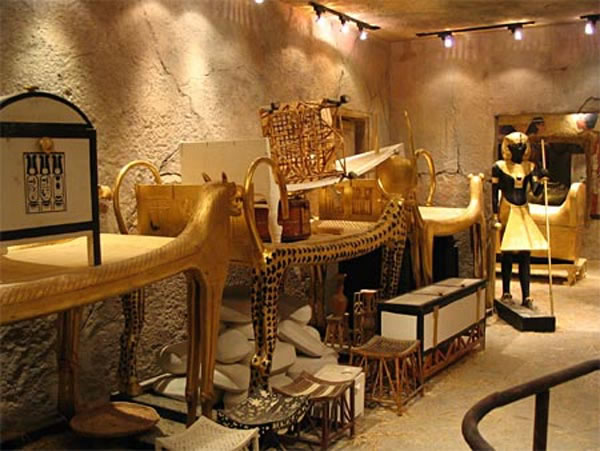 source source |
King Tutankhamun “King Tut” of Egypt is best known not for his reign but for the discovery of his treasure-laden tomb in the 20th century. King Tut’s mummy has survived the ages (he died in 1  323 B.C). Forensic anthropologists have concluded that he suffered from bone deformities and malaria infections. Other Egyptian mummies also show evidence of infection by Mycobacterium tuberculosis, the bacterial agent of human tuberculosis. Tut’s DNA has been isolated from his bones and recently analyzed. Tut’s bone deformities were associated with a recessive X-linked allele. Most scholars now agree that King’s Tut’s father was the eccentric Pharaoh Akhenaten, himself the son of Amenhotep III. 323 B.C). Forensic anthropologists have concluded that he suffered from bone deformities and malaria infections. Other Egyptian mummies also show evidence of infection by Mycobacterium tuberculosis, the bacterial agent of human tuberculosis. Tut’s DNA has been isolated from his bones and recently analyzed. Tut’s bone deformities were associated with a recessive X-linked allele. Most scholars now agree that King’s Tut’s father was the eccentric Pharaoh Akhenaten, himself the son of Amenhotep III. |
|
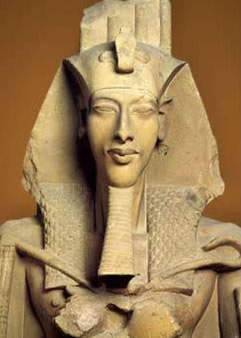 source source |
X-rays of the chest cavities of many Egyptian mummies have revealed calcium-encased deposits containing preserved tuberculosis bacteria. Ancient Egyptians planted many crops near the Nile and preferred a barley plant that was rich in starch (a polymer of glucose) for feeding their cattle. |  source source |
 source source |
Shortly after a large storm swept through a forest, fungi began growing on a large pile of fallen trees. This environment is perfect for a species of millipede that eats fungi. Ten millipedes were released into the pile and for the first two years the millipedes had unlimited resources and no predation. During the first year, 12 were born and 5 died. |
|
Under the rotting wood pile, the millipedes, which are ectotherms, are protected from freezing. |
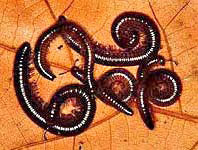 source source |
|
 source source |
One type of fungi on the logs produce a chemical that blocks the electron transport chain within the millipede mitochondria. | |
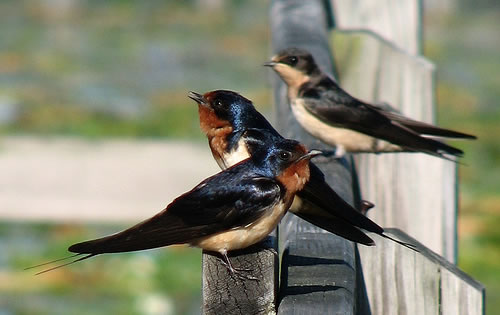 source source |
BarnSwallowshave elongated tail feathers with long tapered ends called streamers. The streamers of males are longer than the streamers of females, and, not surprisingly, biologists wonder why. In a series of experiments, Dr. Anders Møller investigated female mate choice and streamer length by manipulating male streamer length with a cut-and-paste procedure. Some male streamers were shortened, some were unaltered, and some were elongated. Møller then looked at the relationship between tail length and female preferences, as measured in the number of offspring sired by the different males. The resulting data are represented in Figure A. |
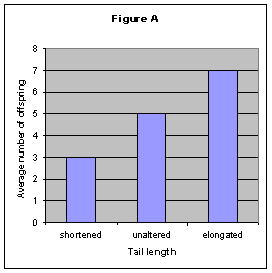 |
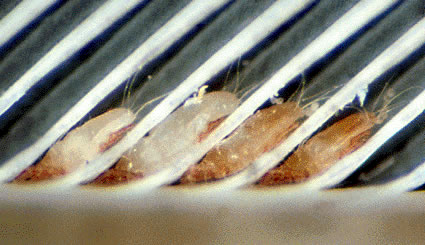 source source |
Møller hypothesized that females use male streamer length as an indicator of male quality. In particular, males that had fewer parasites (specifically mites) during their development may have been able to grow longer streamers. To see whether parasite loads on chicks affect their future streamer length, Møller manipulated mite loads in nests and later measured the streamer lengths of male chicks once they matured. He found that indeed, it appeared that chicks with heavier mite loads had shorter streamers, and chicks with lighter mite loads had longer streamers (Figure B). |
 |
But the story is never that simple. Biologists recognize that there are bound to be trade-offs associated with a structure such as a long tail. Recent work by Dr. Matthew Evans and colleagues focused on Barn Swallow tail length and aerodynamics. Their research led them to conclude that longer tails led to greater mobility in flight and thus the ability to catch more insects, a trait normally associated with greater survival and therefore more years of reproduction.
Male Barn Swallows have larger bodies than female Barn Swallows, and the Thermal Neutral Zone of the Barn Swallow (an endotherm) is 16-28°. The feathers on the back and wings of the Barn Swallow are black (or a very dark blue).
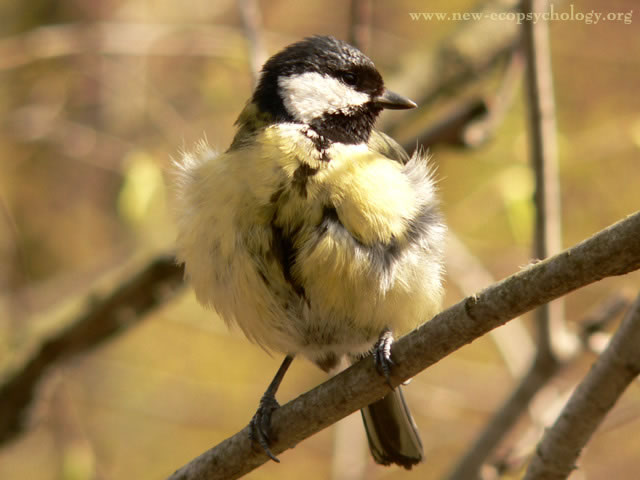 source source |
Although well-studied in mammals, the role leptin plays in the metabolism of birds has only recently been investigated. To test whether birds respond to leptin, Lõhmus et al. (2002) injected leptin into small birds of thespecies Parus major. Kochan et al. (2006) studied leptin in the Dunlin (Calidris alpine), a bird that builds up large fat reserves before migrating long-distances. They hypothesized that leptin could serve as a signal to the Dunlin of the energy reserves that were available for migration. |
 source source |
| During Dunlin migration, fats are converted into fatty acids which are converted into acetyl CoA molecules. Also during flight, glycolysis increases to meet the metabolic demands of bird muscle cells. | 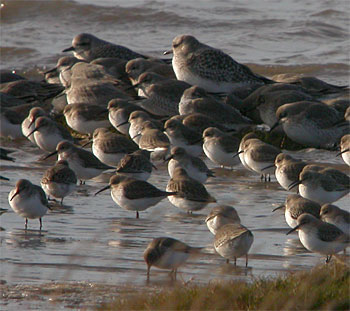 source source |
|
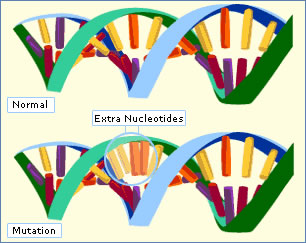 source source |
A center portion of a gene that codes for a protein is GCA|TCT|GCG|TCC|GCT|GCC A mutation in the DNA resulted in the insertion of a Guanine (G) after the first C and added 2 Guanines at the end. |
|
 |
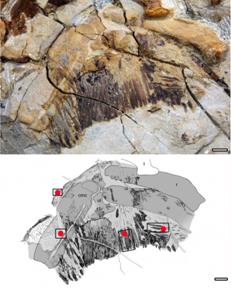 |
In September 2010, a newly described 35 million-year-old fossil Penguin hit the news. Found in Peru, this fossil penguin, Inkayacu paracasensis, is estimated to have been similar in body form to today’s Emperor Penguin, but twice its body mass, reaching 4.5 feet tall. Remarkably, the fossil also included feathers, and molecular biologists were able to look at the pigments in the feathers and suggest that unlike living penguins, this penguin was probably red and brown in color. |
| In Emperor Penguins, males and females are similar in size and coloration. They breed during the frigid winter in Antarctica and exhibit biparental care. Females lay a single egg each season, and once an egg hatches, male and female penguins taking turns going out to sea to find fish and staying behind with the young chick (guarding it from the elements and potential predators). |  source source |
|
 |
Prior to refrigeration and today’s health standards, ingestion of contaminated food was a serious health risk. One source of contamination is the bacteria Clostridium botulinum that produces the botulinum toxin that causes paralysis. source source |
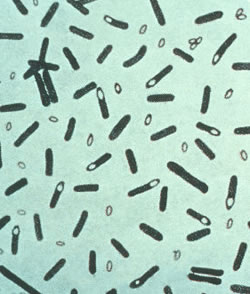 source source |
 source source |
Misidentification of plants and fungi could also cause illness. For example, the “death cap” mushroom contains a toxin that stops the production of RNA and another mushroom, sometimes called “fly Amanita” contains the toxin muscarine, which acts like (mimics) acetycholine. |
|
| The drug cycloheximide immediately blocks protein synthesis in eukaryotic cells. It is a useful tool in molecular biological laboratories. | 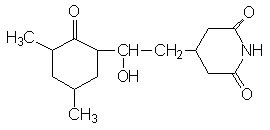 source source |
|
 source source |
Dinitrophenol is a dangerous chemical that was once used in diet pills. It is a mitochondrial poison that allows most of the cellular respiration processes to work normally, but reduces the amount of ATP that is made. | |